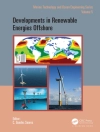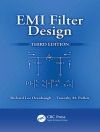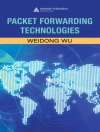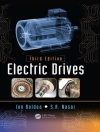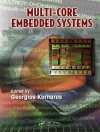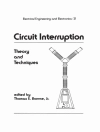This book focuses on spatial planning – an important determinant of energy saving and renewable energy supply. Revealing the key driving forces for spatial development supporting the shift towards energy efficiency and renewable energy supplies, it shows the importance of integrated spatial and energy planning approaches for a timely and sustainable change of energy systems, thus supporting policies of climate protection. As operating within the context of renewable energy sources is becoming a major policy issue at the international, European and national level, spatial dimensions of renewable energy systems as well as challenges, barriers and opportunities in different spatial contexts become more important. This book analyses not only the fundamental system interrelations between resources, technologies and consumption patterns with respect to energy, but also the links to the spatial context, and provides guidelines for researchers as well as practitioners in this new, emerging field. It presents innovative analytical tools to solve real-world problems and discusses the most important fields of action in integrated spatial and energy planning including planning contents, planning visions and principles as well as planning process design and planning methodology.
قائمة المحتويات
Introduction.- System interrelations between spatial structures and energy planning.- Spatial archetypes in the energy turn.- Fields of Action for Integrated Spatial and Energy planning.- Measures and tools at the local and regional level.- Resume.
عن المؤلف
The authors have a long history of history of working of integrated spatial and energy planning. They have completed several research projects and published together a substantial number of peer-reviewed scientific papers. In Austria, integrated spatial and energy planning is a new field within spatial development and climate change mitigation, inter alia, expressed by a book written by the authors of this book and published by the Austrian Conference of Spatial Planning.


